In today's pursuit of green recycling and resource recycling, carbonizers have become a star player in converting biomass waste into valuable charcoal. Faced with the two mainstream carbonizers on the market, batch and continuous, many users are confused when choosing. The key lies in accurately understanding their production needs.
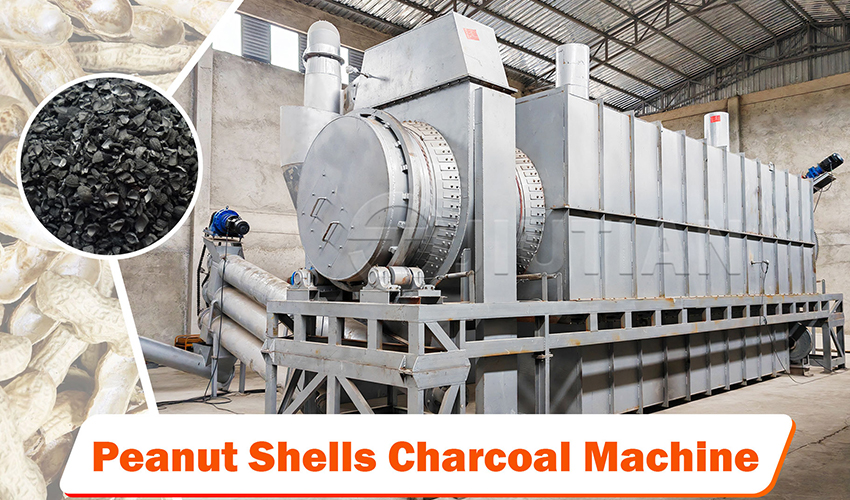
Batch carbonizers, as their name suggests, operate in a batch-based process of feeding, carbonization, cooling, and discharging. This type of equipment is ideal for small- to medium-sized production or for processing a wide variety of materials. Their greatest advantage lies in their flexibility, allowing you to change carbonized materials at will. Their relatively simple structure and affordable investment make them an ideal choice for startups and diversified operations.
Continuous carbonizers represent the advanced trend of automation and large-scale production. They enable 24/7 uninterrupted feeding and discharging, ensuring a smooth and fluid production process. Their core advantages lie in their extremely high production efficiency and stable charcoal quality. They are particularly well-suited for large-scale production by companies with a fixed and large-scale raw material source, significantly reducing labor costs per unit of production capacity.
Therefore, when choosing a carbonizer, please carefully evaluate your raw material characteristics, expected output, and investment budget. No matter which one you choose, the carbonizer is your green shortcut to turning waste into treasure and creating wealth.
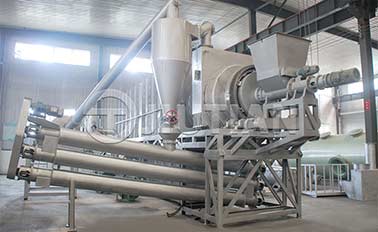
Location:Indonesia
Project Progress:Put Into Production
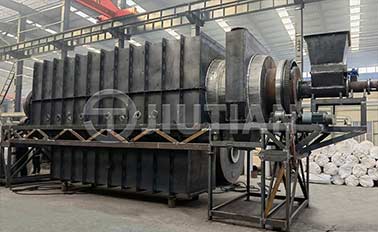
Location:Vietnam
Project Progress:Put Into Production
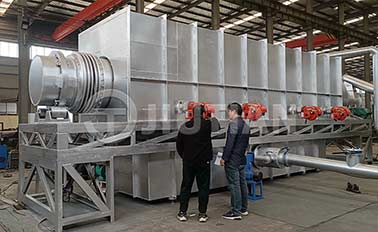
Location:Kenya
Project Progress:Put Into Production
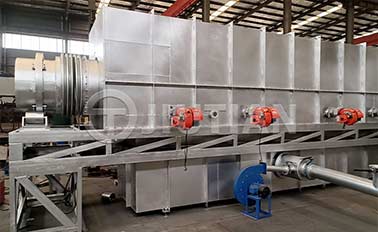
Location:Canada
Project Progress:Put Into Production